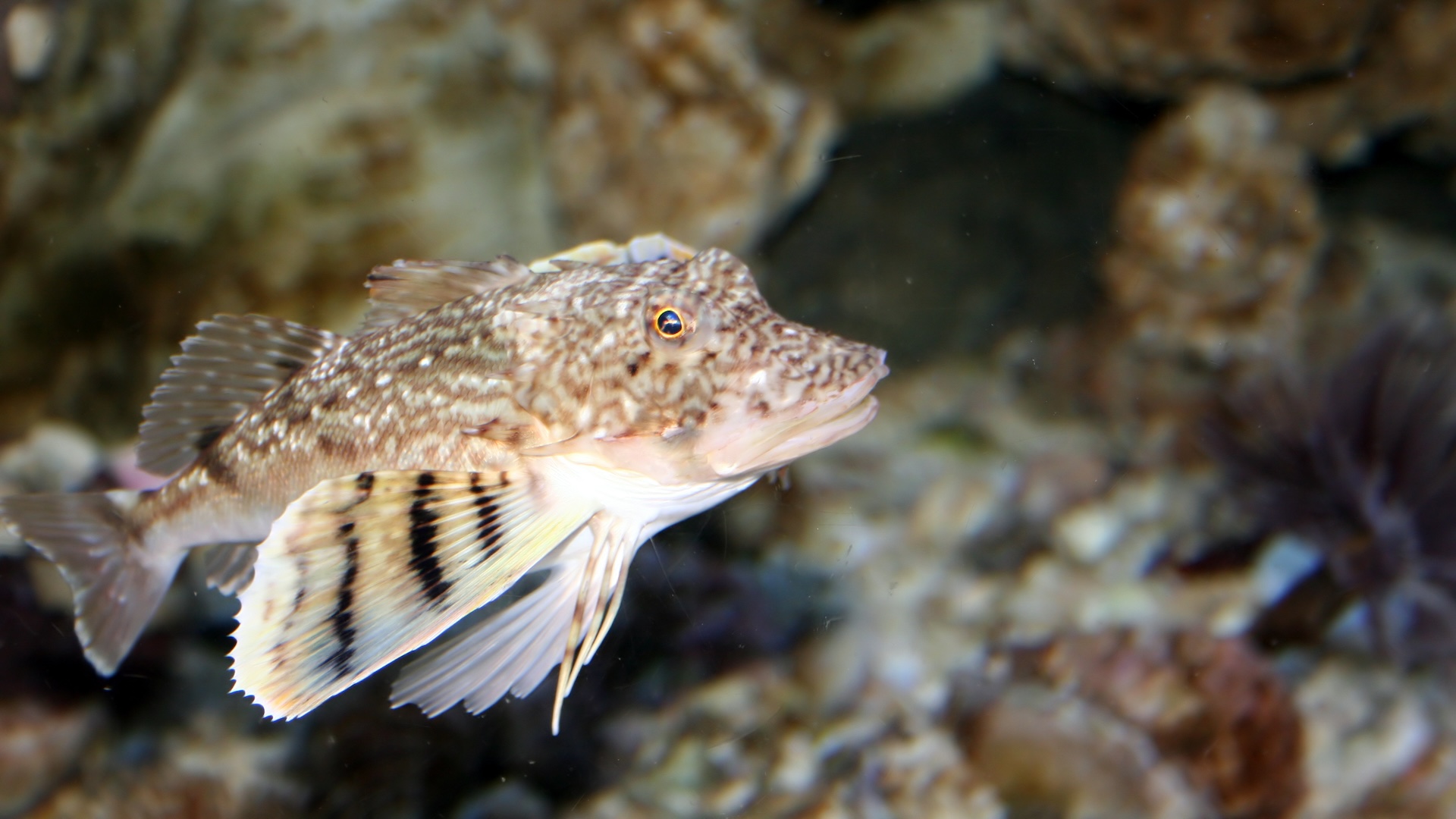Sustainability, Vol. 15, Pages 8945: Sustainability on Different Canola (Brassica napus L.) Cultivars by GGE Biplot Graphical Technique in Multi-Environment
Sustainability doi: 10.3390/su15118945
Authors: Seyed Habib Shojaei Khodadad Mostafavi Seyed Hamed Ghasemi Mohammad Reza Bihamta Árpád Illés Csaba Bojtor János Nagy Endre Harsányi Attila Vad Adrienn Széles Seyed Mohammad Nasir Mousavi
Knowledge about the extent of genotype in environment interaction is helpful for farmers and plant breeders. This is because it helps them choose the proper strategies for agricultural management and breeding new cultivars. The main contribution of this paper is to investigate genotype on environmental interaction using the GGE biplot method (Genotype and the Genotype-by-Environment) in ten canola cultivars. The experimental design was a randomized complete block design (RCBD) with three replications to assess the stability of grain yield of ten canola cultivars in five regions of Iran, including Birjand, Karaj, Kashmar, Sanandaj, and Shiraz, within two agricultural years of 2016 and 2017. The results of combined ANOVA illustrated that the effects of the environment, genotype × environment, and genotype were highly significant at 1%. Variance Analysis showed that three environmental impacts, genotype, and interaction of genotype in the environment effect, produced 68.44%, 18.63%, and 12.9% of the total variance. The GGE biplot graphs were constructed using PCA. The first principle component (PC1) explained 65.3%, and the second (PC2) explained 18.8% of the total variation. The research examined polygon diagrams to identify two top genotypes and four mega-environments. Also, the appropriate genotypes for each environment were diagnosed. Using the GGE biplot, it was possible to make visual comparisons and identify superior genotypes in canola. Accordingly,. The results obtained from graphical analysis indicated that Licord, Hyola 401 and Okapi genotypes showed the highest yield and were selected as the most stable genotypes. Also, Karaj region was chosen as a experimental region where the screening of genotypes was very suitable. Based on the ranking of the genotypes in the most suitable region (Karaj), Okapi genotype was selected as the desired genotype. In examining the heatmap drawn between the genotypes and the investigated environments, a lot of similarity between the genotypes of Sarigal, Hyola 401 and Okapi was observed in the investigated environments. The GGE biplot graphs enabled the detection of stable and superior environments and the grouping of cultivars and environments based on grain yield. The results of this research can be used both for extension and for future breeding programs. Our results provide helpful information about the canola genotypes and environments for future breeding programs.

 1 year ago
37
1 year ago
37


